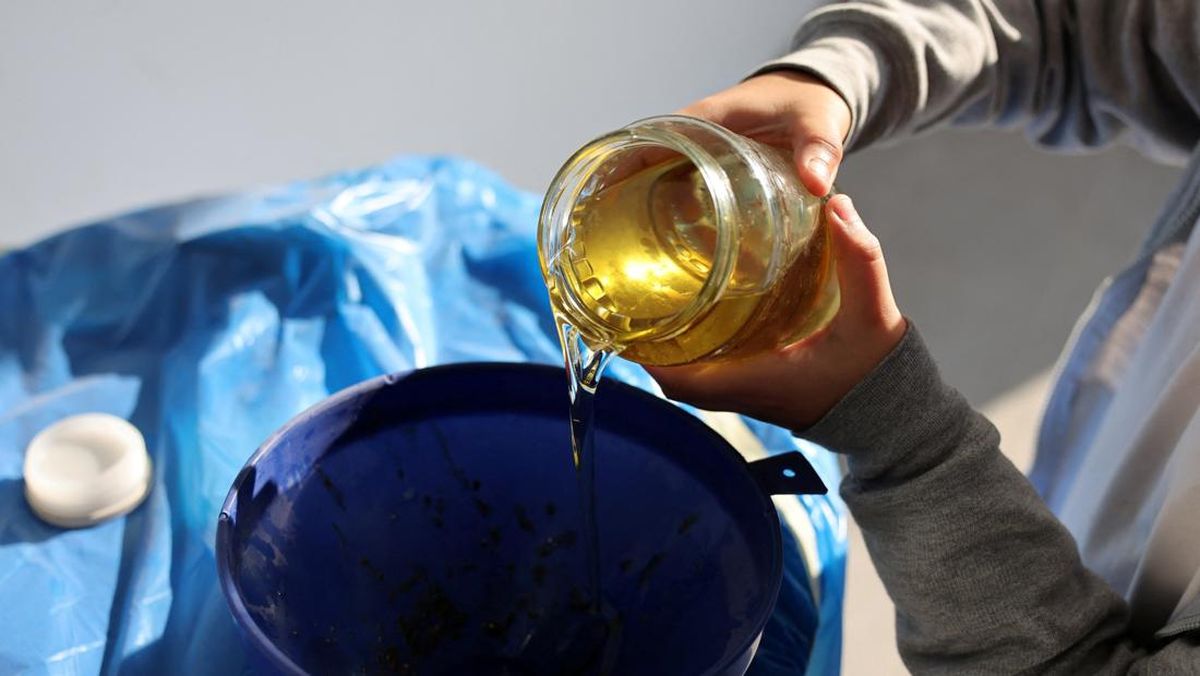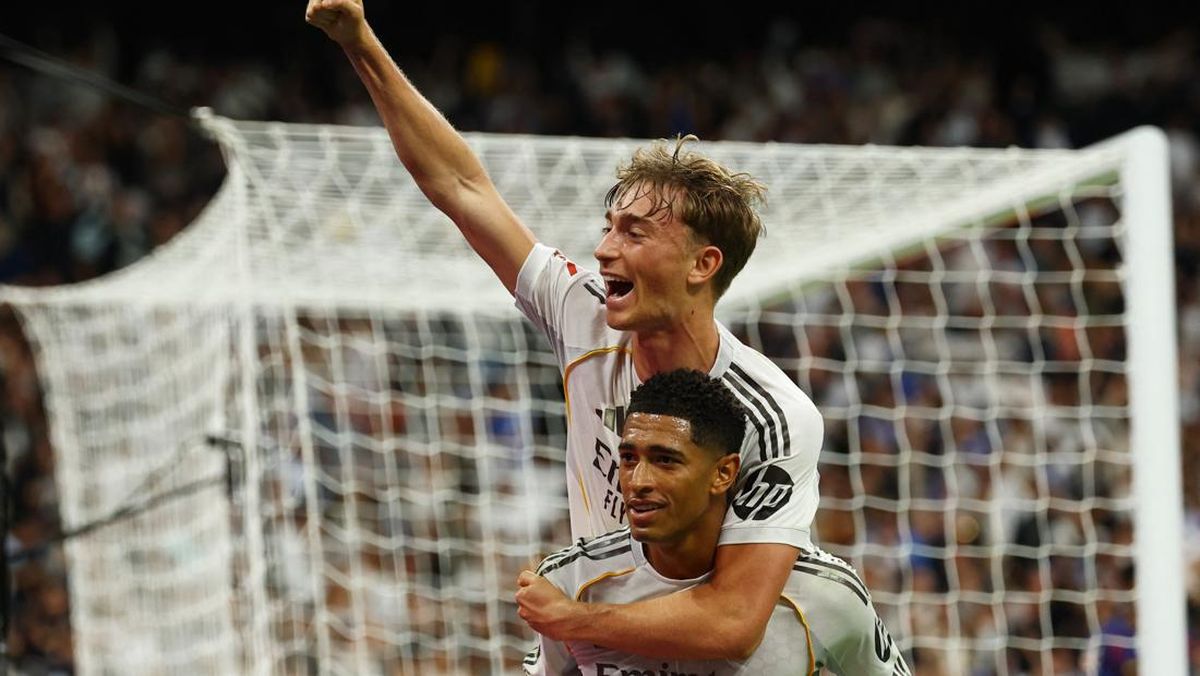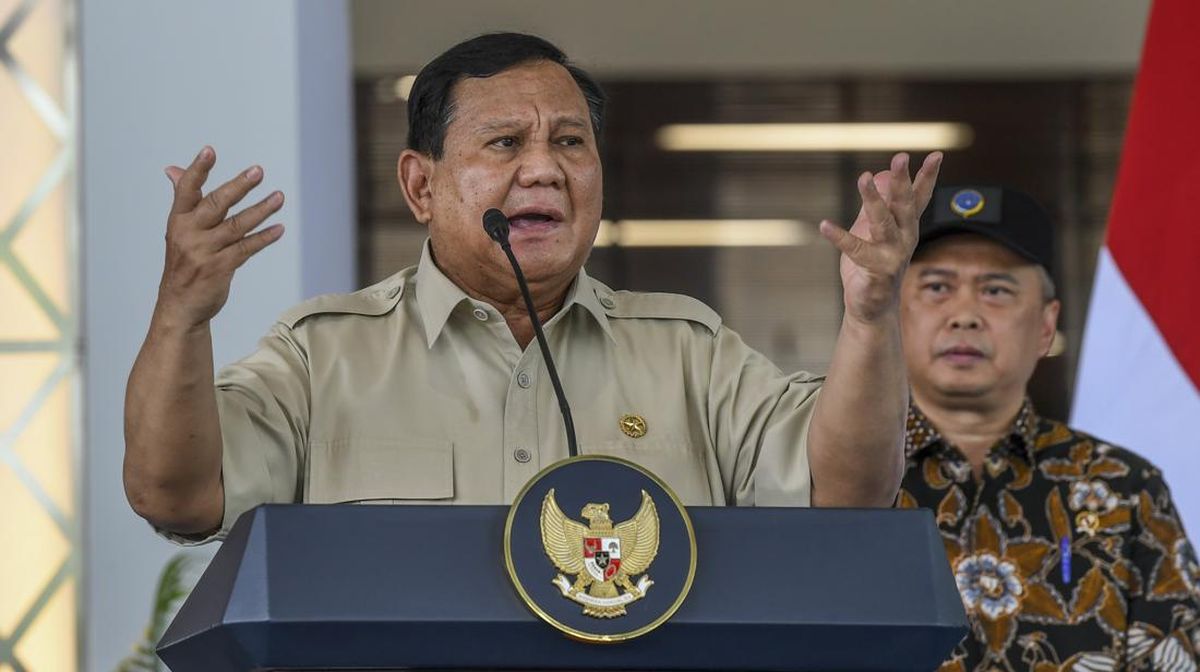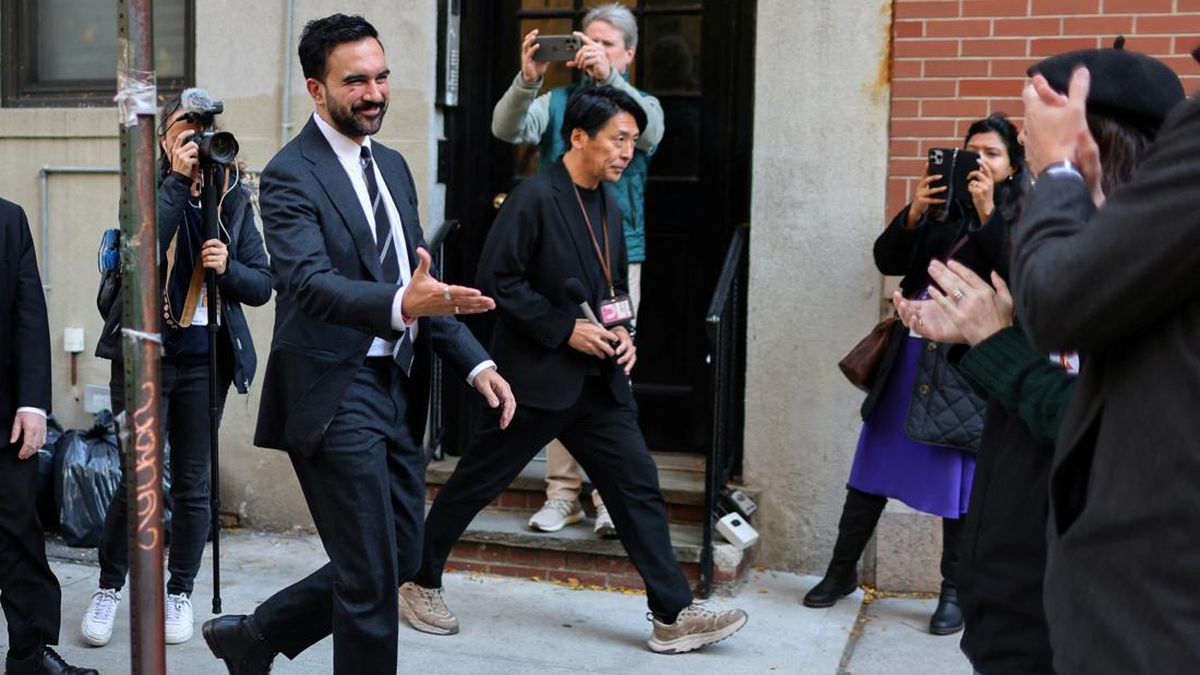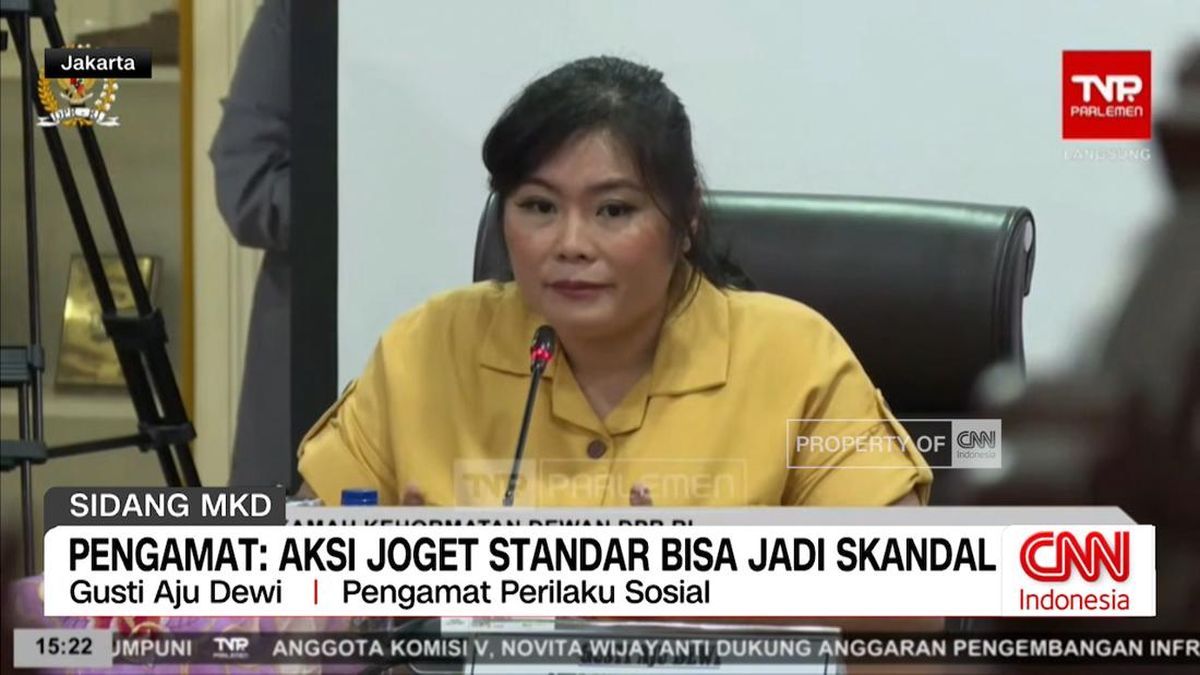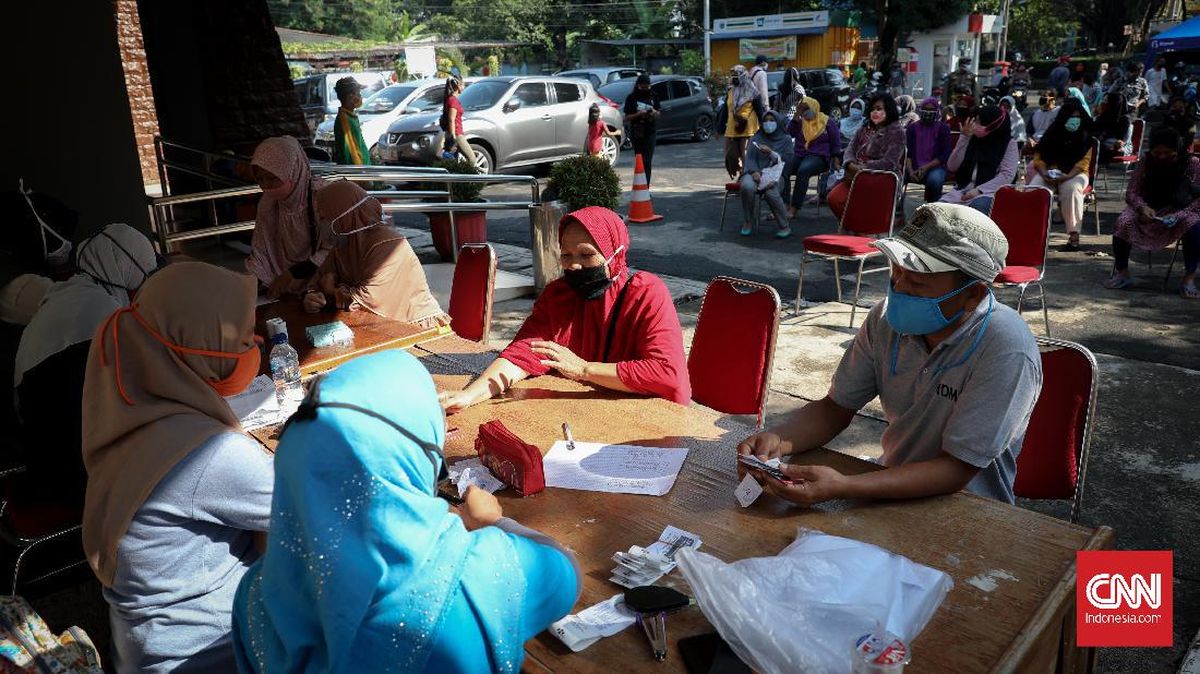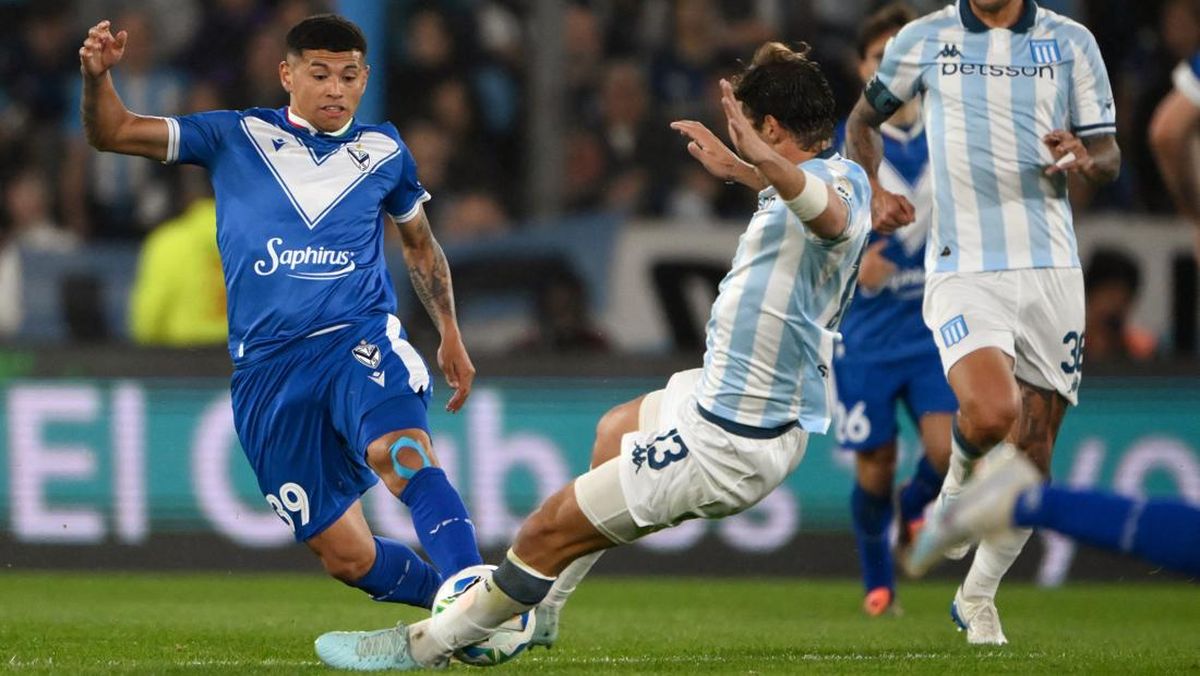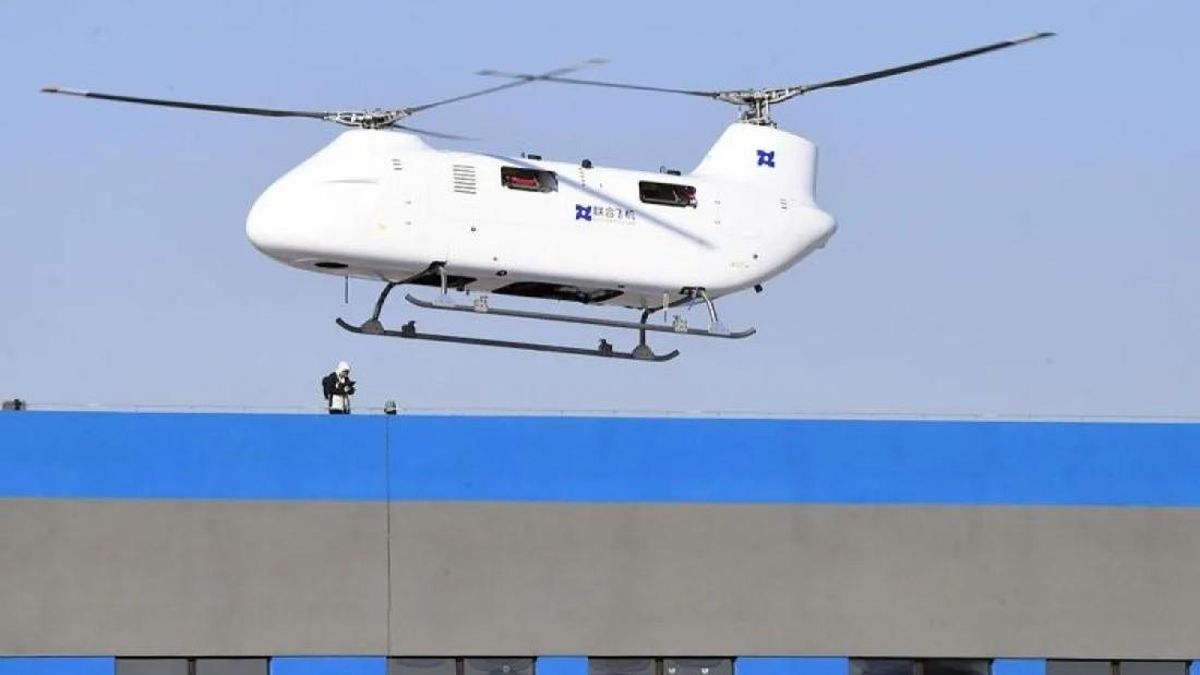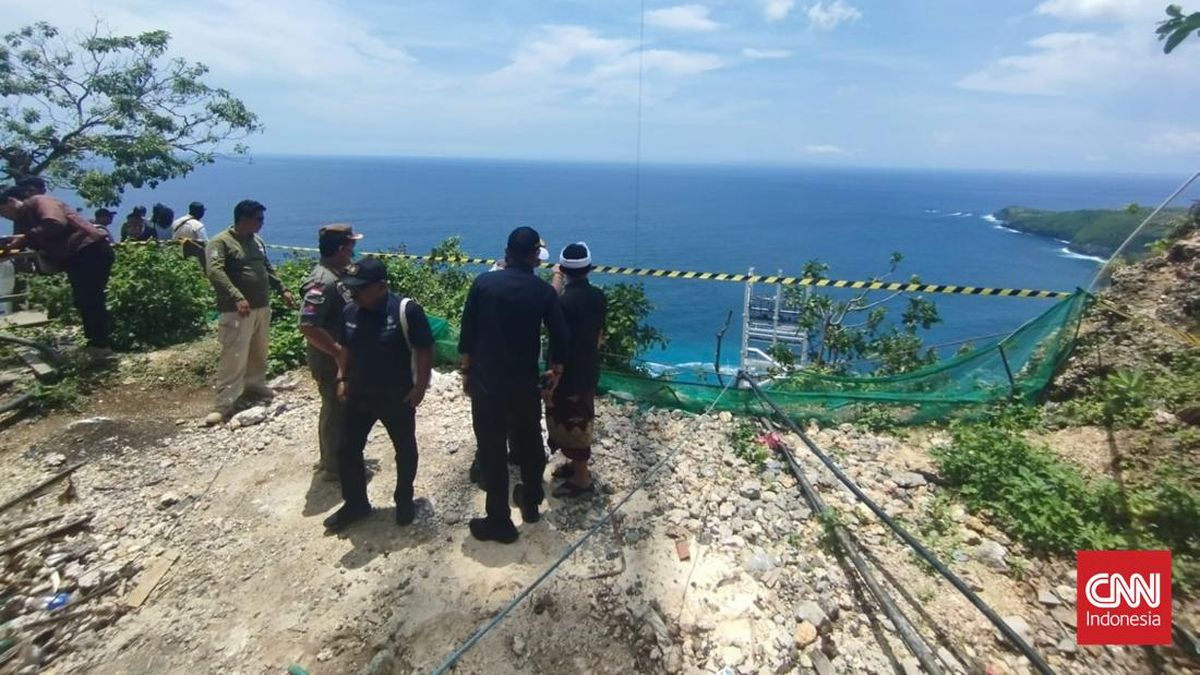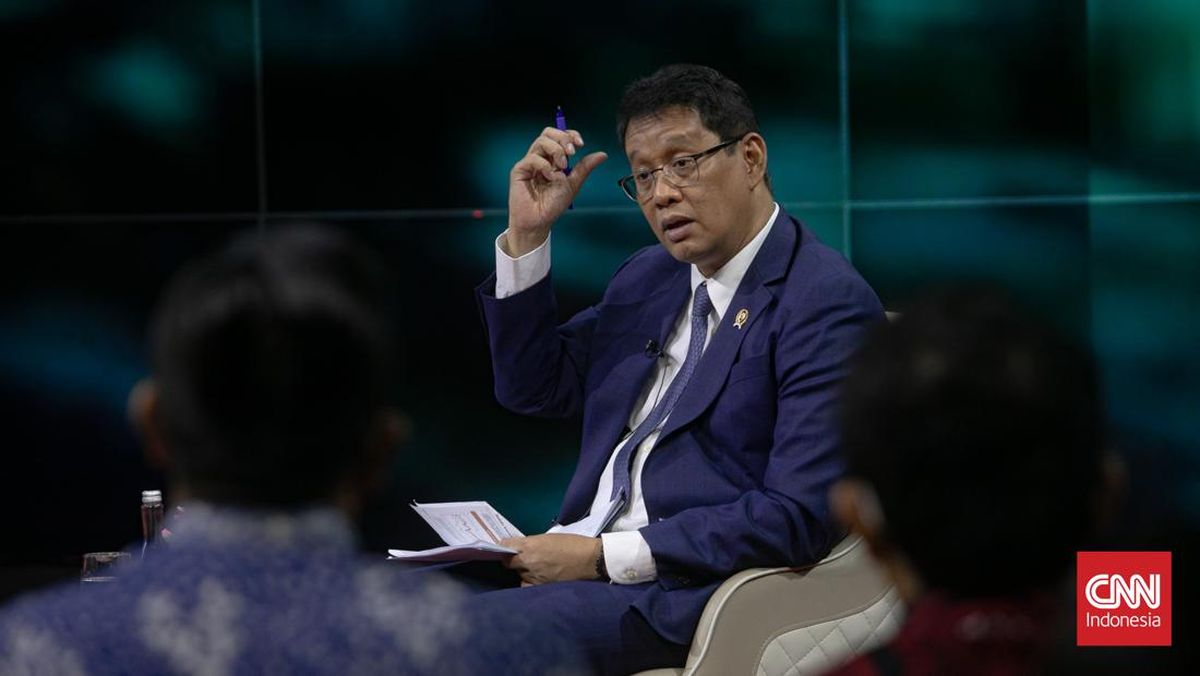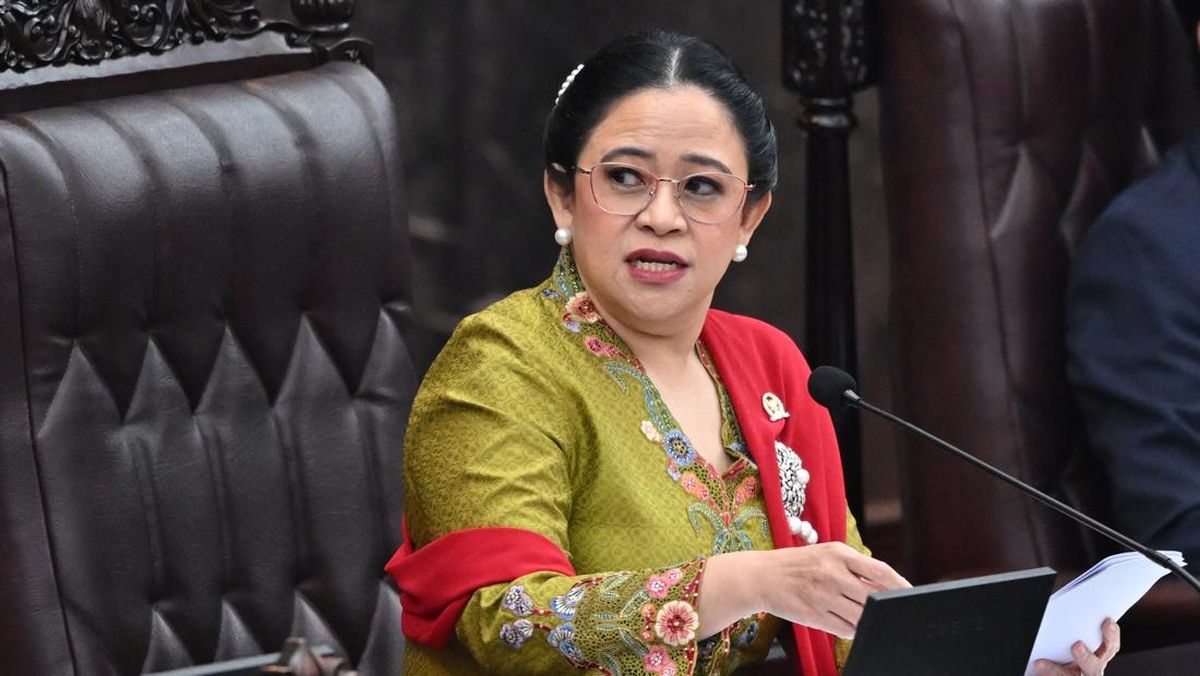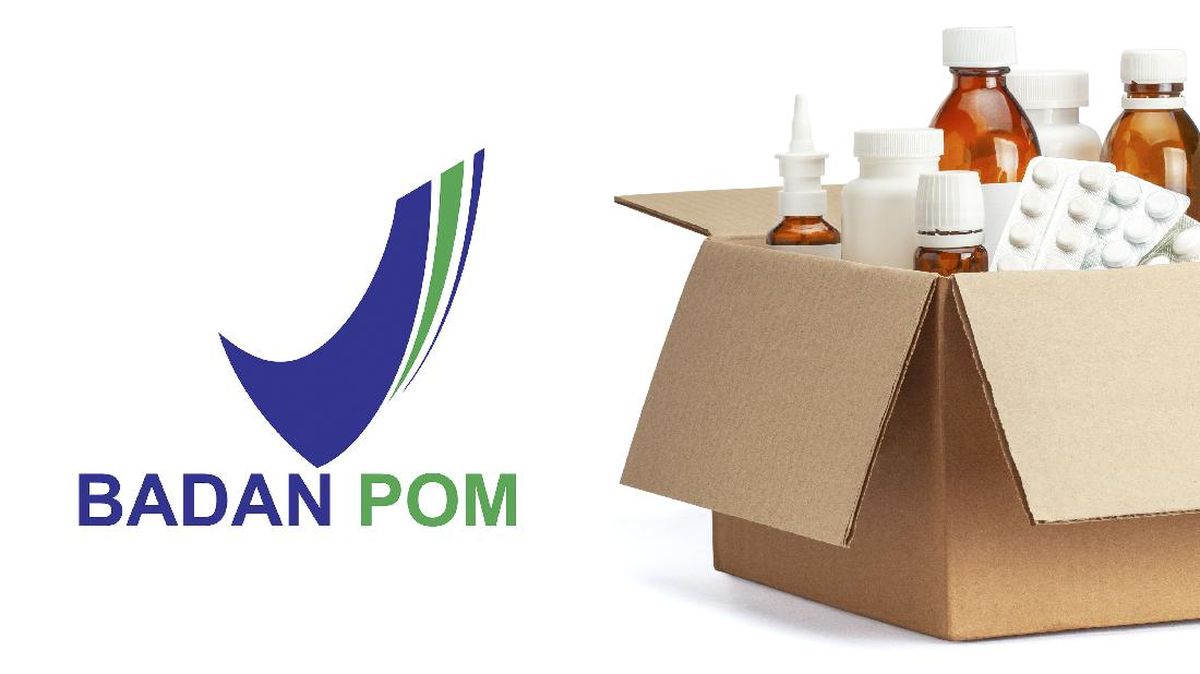Chalmers and the RBA tamed the ‘inflation dragon’, can they ride the ‘inflation camel’?
Inflation is not a dragon waking from its slumber. In the eyes of the Reserve Bank, it’s a camel with price humps and interest rate pain ahead.
Confirming it is going to sit on the interest rate sidelines well into next year – if not beyond that point – the bank on Tuesday revealed two key economic “humps” that have caught its eye.
The first is inflation.
Last week’s September quarter inflation report came as a surprise to the RBA, and the data did more than anything to change the bank’s expectations on interest rates over the coming 12 to 18 months.
The full percentage point jump in underlying inflation took the annual rate to 3 per cent.
According to the bank, that September quarter increase is a hump that’s going to sit in the inflation figures for the next year.

Treasurer Jim Chalmers speaks during question time on Tuesday, after the rates decision was announced.Credit: Alex Ellinghausen
That means underlying inflation is still going to be around 3.2 per cent in mid-2026.
Three months ago, the bank thought headline inflation would peak at 3.1 per cent in June next year. Now, it reckons it will be around 3.7 per cent.
There are some one-off issues with the rise in inflation, such as local councils going on a rate-lifting binge this year. But clearly the pressures in the housing sector, where construction costs are climbing as labour shortages intensify, suggest inflation is broadening.
The second hump is “quit rates”.
That’s the number of people who are choosing to leave their job for another, usually better paying one.
Just three months ago, the bank was noting the quit rate was easing. A low or falling quit rate suggests people are prepared to stick it out with their current employer rather than chance it with another boss.
But that quit rate has jumped in the past three months. The bank says that is a sign “perhaps that inter-firm competition to attract and retain staff has increased, indicating tighter labour market conditions”.
The quit rate is still short of where it was just before the global financial crisis in 2008. Excluding the pandemic, however, it is at its highest in a decade.
After these humps are cleared, inflation is expected to ease back to within the RBA’s 2-3 per cent target by Christmas next year.
This will put enormous political pressure on Anthony Albanese and Jim Chalmers to move more quickly on economic policies that ease inflation across the entire economy.
An opposition that can’t get out of its own way is failing to put pressure on the government to lift its policy game. Chalmers and Albanese will have to drive themselves – and the rest of the government – to go harder.
Chalmers has signalled policy change is on his agenda for next year’s budget, building on some of the proposals out of the government’s economic roundtable.
Loading
But that may be too late, given the inflation and productivity pressures across the entire economy.
The Reserve has managed to bring inflation down with interest rates that did not lead to mass unemployment and hundreds of thousands of people falling behind on their mortgage repayments.
But it needs more help. Out of Canberra, out of state parliaments and even out of local councils, to really bring inflation to heel.
Most Viewed in Politics
Loading

